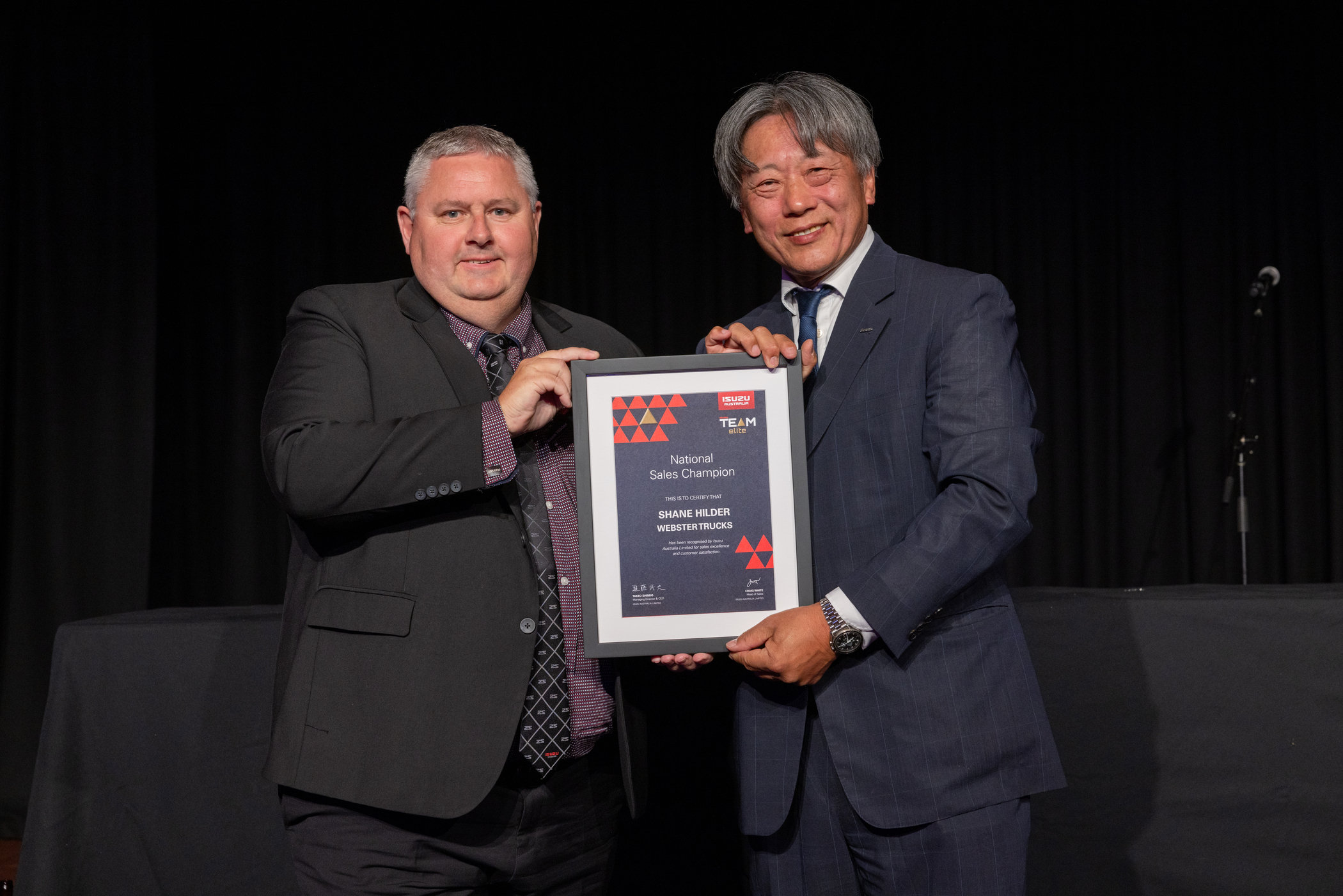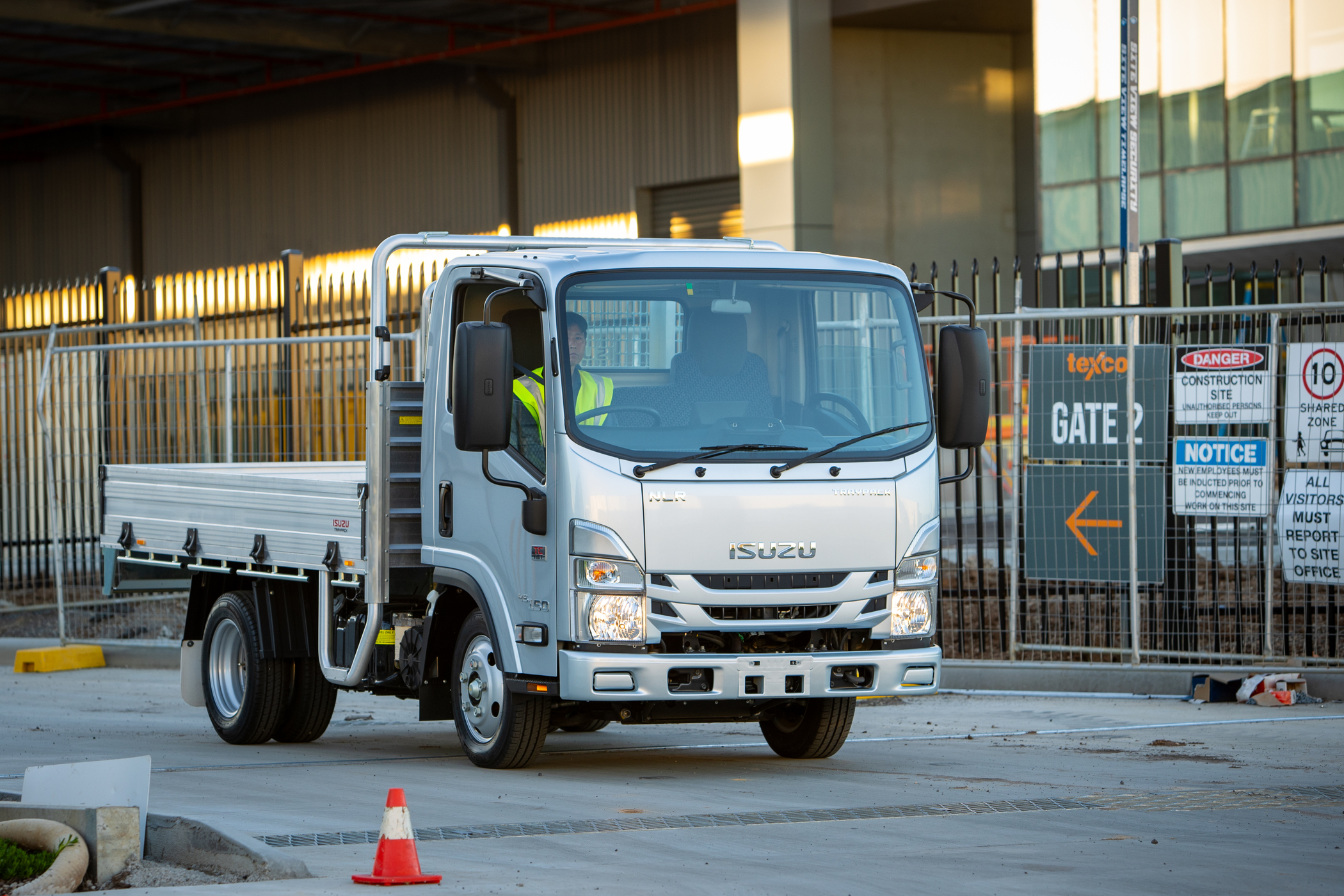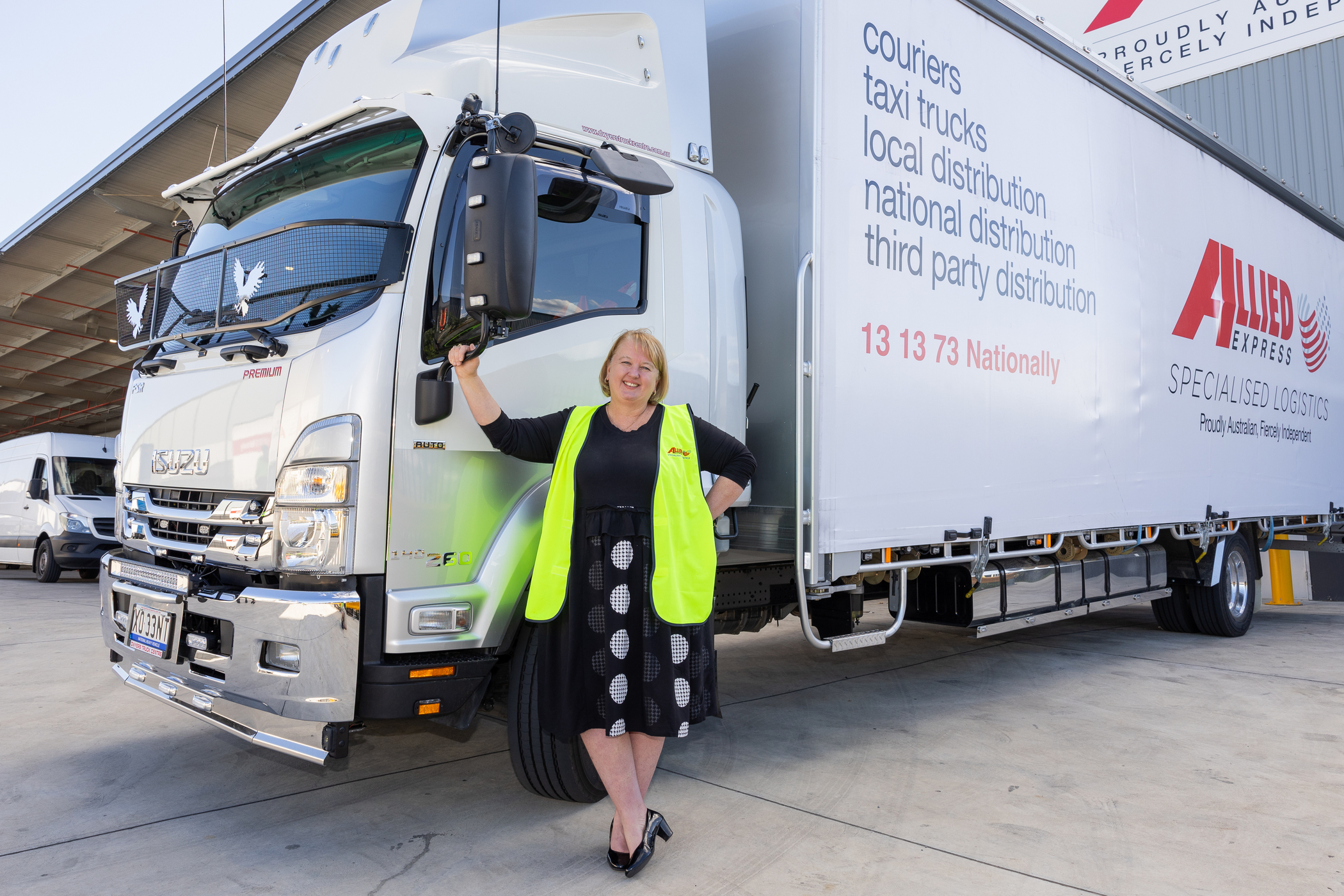Future of Trucking - Executive Summary

Jump to Section
1. Directors' Foreword
Isuzu Australia Limited (IAL) are excited to share the findings and insights collected through this, the brand’s first Isuzu Future of Trucking Report. Acknowledging the rapid pace of change besetting the broader transport sector at present, the decision to conduct the largest ever road transport survey in Australian history is as timely as it is important. Any survey marks a point in time, and our Isuzu Future of Trucking Report is no different.
The project was commenced in late 2019 and the bulk of the findings represent the sentiment of industry participants before the onset of COVID-19. We’ve since revisited the market to gain an understanding of how the changed social and economic landscape has affected their attitudes and opinions.
The current and ongoing impact of COVID-19 is a significant challenge for the world. That said, the findings in this report are important, as they combine underlying industry changes with the current COVID operating environment. As such, we can look at them as a guide or marker for where the industry needs to rebuild to in our post COVID efforts.
Collating and presenting the findings of more than 1,000 road transport survey respondents and unpacking a range of key industry issues, has been no easy feat, with the results offering a unique insight into the state of the industry at a critical point in time. Although broad reaching in its scope, the report’s findings can be separated into five key areas of interest…
- The Freight Task & Business Recovery
- Changing Customer Preferences
- Total Cost of Ownership
- Chain of Responsibility
- Technology and Innovation
The Aim
We trust the unique insights from the key categories above will provide all stakeholders within our industry a trusted and considered source of data. Moreover, it is the hope of the IAL Directors that these findings assist to inform future business strategy for all manner of Australian road transport stakeholders, be they commercial businesses or government.
Isuzu Trucks has enjoyed an exceptional period of success over the last three decades, and whilst extremely proud of this achievement, it is concurrently viewed as a genuine privilege. The Australian transport sector is an extremely strong, inventive and resilient entity. Whilst acknowledging Isuzu is indeed a ‘cog in the machine,’ it takes its role seriously as the truck market leader. More than that, the company believes it has an obligation to commit its own time and resources to the betterment of the collective.
Freight Task & Business Recovery
The survey results uncovered a range of predominantly positive sentiment across multiple segments and vocations. Whilst the effects of COVID have impacted some industries, most operators see strong demand for their services into the future. Similarly, government forecasts predict growth in the road freight task to 2030.
Changing Customer Preferences
Findings within the research infer to the changing demands of the industry from an equipment selection and safety perspective. Key amongst these is the trending demand for immediacy and availability of turnkey, fit-for-purpose products with broad driver appeal.
Within the labour market, the persistent challenge of driver and skills shortages continues to concern operators. The findings demonstrate however, that beyond just awareness, employers are and have been active in their efforts to review driver recruitment practices as well as procurement and equipment selection to attract more of the brightest and best to our industry.
Total Cost of Ownership
An important factor to ensuring business profitability is understanding fleet total cost of ownership. It is clear operators continue to face the challenges of an increasingly competitive market environment, pair this with a global pandemic and increasing operational costs and the pressure on margins has never been greater. The ongoing cost of operating and maintaining an ageing Australian truck market also remains a concern for respondents.
Technology & Innovation
The pace of technological change dictates two key areas of focus for Australian trucking operations. Namely, the role of technology as it relates to driver safety and also the introduction and uptake of alternate drivetrain technology such as hybrid and electric options. Both functions of road transport technology are critical markers in the future operational nature of Australian road transport.
Chain of Responsibility
An extension of safety and compliance management, findings in this key area were less encouraging. Chain of Responsibility legislation awareness was less than optimal in operators of small to medium fleets. At the other end of the scale, larger fleets displayed an acute awareness and a practical application of management strategies to oblige.
Executive Summary Conclusion
In considering the timing and the totality of this report, and arriving at a concluding position, the key findings should be viewed as a critically important point in time. The social and economic challenges radiating from the current COVID-19 pandemic are unprecedented.
Whilst there are challenges and pressures of tenure within the broader sector, this report depicts a resilient, innovative, and adaptive industry, open to new ideas and ways of thinking. The industry’s contribution to the national economy and indeed to the Australian way of life, cannot be understated.
2. About this Report
This paper is based on primary research data from a survey of over 1,000 Australian stakeholders within the trucking and road transport sector.
The survey heard from a broad mix of industry and vocational voices, and insights from both the distribution and freight, logistics perspectives totaled 60 per cent of all respondents. 40 per cent of respondents hailed from a range of other service provision industries, including government as well as primary production industries such as agriculture and mining.
It is useful to note the different fleet sizes and route types of the respondents surveyed. 58 per cent of those surveyed operate in Australia’s metropolitan areas, typically with sub-100 kilometre, back to base ranges. Of those surveyed, 14 per cent fell into the ‘long-haul’ category, representing a far greater route range and interstate movements. As the most comprehensive study of this sector ever undertaken in Australia, the research sought to uncover key insights into the issues and trends likely to impact the industry in the coming years.
Survey work informing this report was conducted towards the conclusion of 2019, with subsequent, follow-up survey work conducted in mid-2020, this following the onset of the COVID-19 global pandemic. The report’s authors recognise the pandemic and its consequent economic ramifications may have altered previous sentiment, and this has been considered closely in the finalisation of this report.
3. Industry Context
The Australian trucking and road transport industry is facing a period of substantial change, driven by a range of social, economic and technological trends.
Australia’s location in a furiously growing Asia-Pacific region sees it well placed to capture a good portion of economic output. In fact, by 2025, the Asia–Pacific will account for almost half the world’s economic yield. But of course, the rapid global spread of the COVID-19 virus at the start of 2020 has marked a line in the sand.
Whilst impossible to predict the overall scale of the ensuing economic downturn, it is safe to say we’re in unfamiliar territory. For now, domestic demands on the freight and road transport sectors are immense and have been exacerbated by COVID-19. Whilst it is acknowledged that significant damage has been experienced in pockets of the industry, anecdotally at least, many Australian trucking fleets have experienced one of their busiest periods in recent memory.
It remains to be seen what effect the extended government stimulus measures will have on the national economy, and hence the flow-on effect to all industries. Australia is, however, in a comparatively strong position to respond and recover well.
Steady demand for Australian food produce and other commodities within our region (and beyond) will ensure exports remain a key national economic focus. Alongside this, the unending demand from the online retail sector - to service the ‘last mile’ delivery opportunity - is a significant contributor to the predicted 25 per cent increase in truck traffic to 2030.
Despite this relatively strong economic outlook, such growth, albeit tempered by the economic bruising of COVID-19, will undoubtedly place Australia’s freight networks under increasing pressure, with the necessity to adapt to overcome.
Challenges…
- As has been well documented, the broader transport sector has the second oldest (age) industry workforce profile (behind agriculture, forestry and fishing) with the consequential risk of skills shortages a threat to productivity worth monitoring.
- More than 70 per cent of all domestic passenger movements in Australia occur on our roads. Based on current trends, congestion will increase, with particular burden on interstate freeways and arterials - having a bearing on productivity within cities and regions.
- Average net profit (after tax) margins have fallen to around three per cent of revenue, increasing the pressure many fleets face when it comes to modernising their transport equipment.
- Added to the COVID recovery, Australia’s ageing population will also push up government spending on health, the age-related pension and aged care, potentially limiting its capacity to fund other areas, such as infrastructure. Given these challenges, continued investment in new and existing infrastructure is critical.
- Technological innovations are already playing a significant role in delivering greater efficiency, productivity, safety, security, and environmental outcomes within the transport sector.
4. Inside Knowledge
To further articulate the trends identified in the report, IAL has turned to its internal subject matter experts, drawing on decades of truck and transport industry knowledge. Each participant offers a unique interpretation of the data through the lens of their area of expertise, honed over many years both locally and internationally. This expert analysis will precede each section of the report findings, from Freight Task and Business Conditions, through to the challenges of Chain of Responsibility compliance.
Additionally, readers will notice related quotes from a range of Australian fleet customers appearing throughout the body of the report findings. Together with the analysis from industry experts, the customer observations offer real-world reflections from those operating in and around all manner of trucks in Australia every day.


Playtime’s over, get $3,500* to spend on extras.
If you’re ready to get serious about tackling bigger jobs, grab yourself an NLR 45-150 AMT SWB Traypack from the Ready-to-Work range for $62,990 drive away*. And to prove we aren’t playing, buy any NLR Traypack before June 30 and you’ll get $3,500* to spend on genuine accessories or an Essentials service agreement.
Learn more



